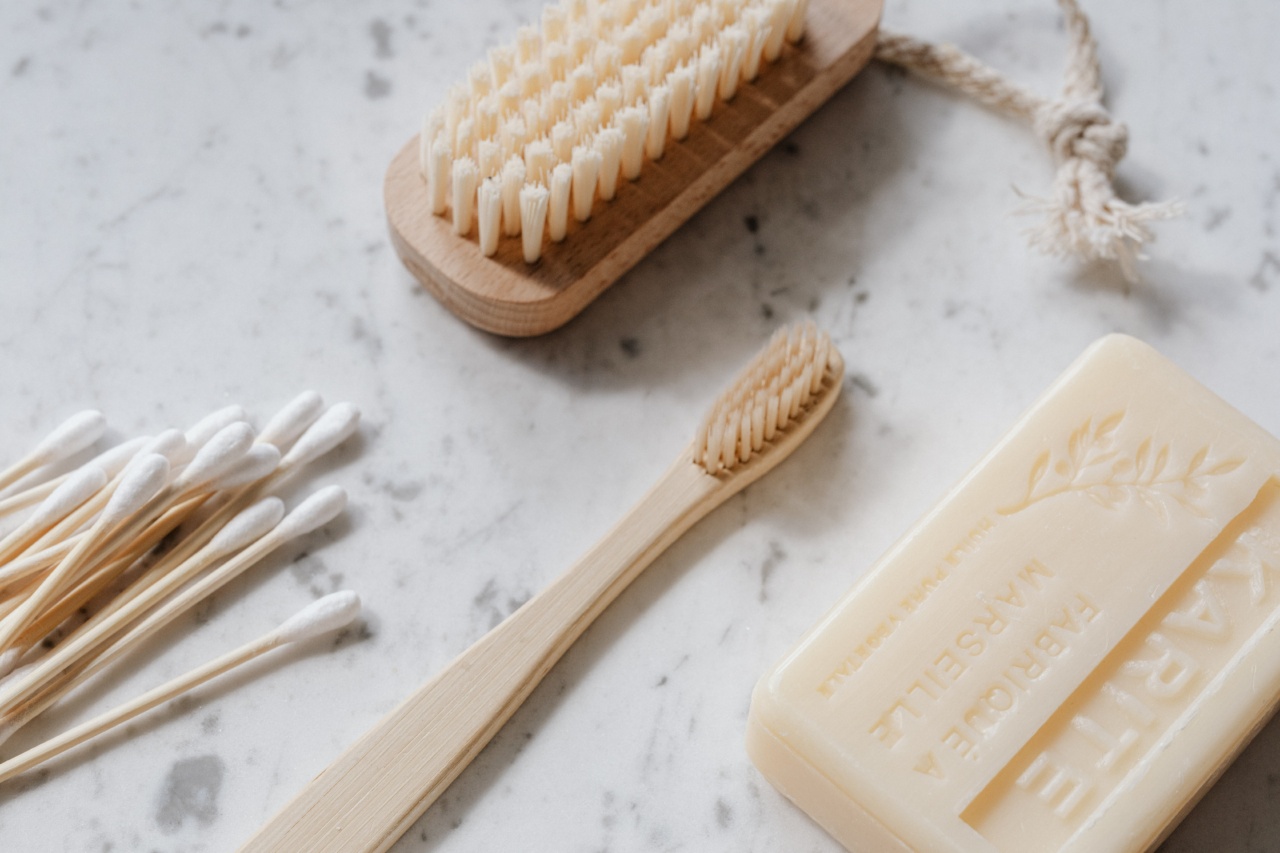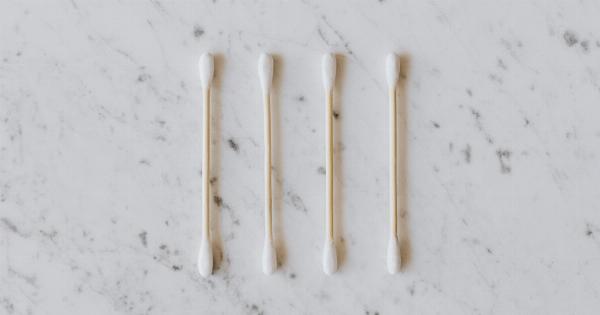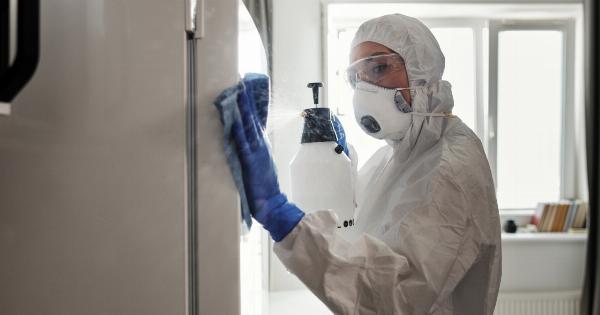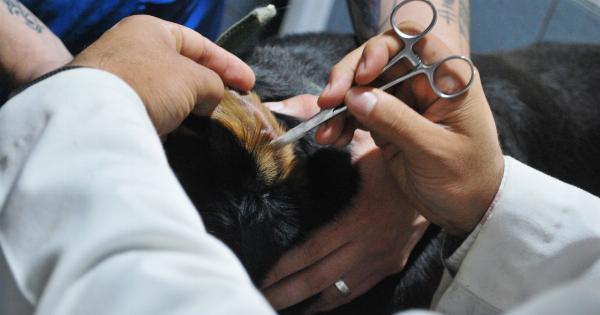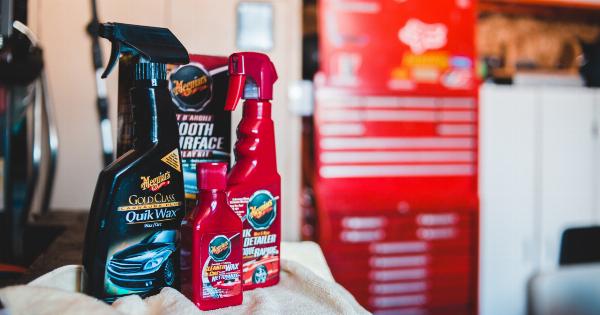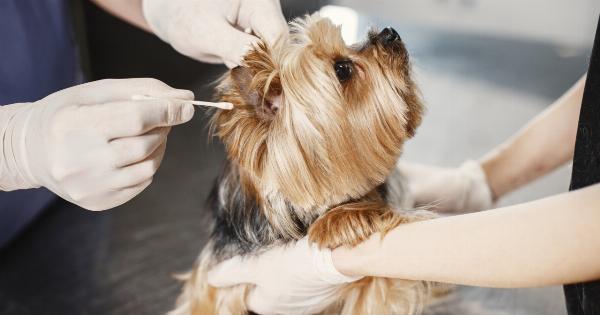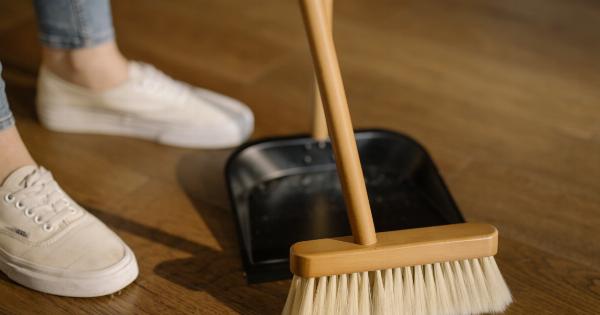Keeping your ears clean is essential for maintaining good ear health and preventing earwax buildup. Many people tend to reach for cotton swabs to clean their ears, but this can often do more harm than good.
Cotton swabs can push earwax further into the ear canal, leading to blockages and potential damage. Fortunately, there are safe and effective alternatives to clean your ears without the use of cotton swabs. In this article, we will explore various methods to clean your ears safely and efficiently.
1. Warm Water Rinse
A warm water rinse is a simple and effective method to clean your ears. Follow these steps:.
1. Fill a bulb syringe or ear irrigation kit with warm water.
2. Tilt your head to one side, with the affected ear facing upwards.
3. Gently insert the syringe tip into your ear canal, ensuring it is not inserted too far.
4. Squeeze the bulb syringe or gently squeeze the irrigation kit to let the water flow into your ear canal.
5. Allow the water to stay in your ear for a minute or two.
6. Tilt your head in the opposite direction to let the water drain out of your ear.
7. Repeat the process with the other ear.
A warm water rinse can help soften and dislodge the earwax, making it easier to come out naturally.
2. Mineral Oil or Olive Oil
Using mineral oil or olive oil is another gentle approach to clean your ears. Here’s how:.
1. Warm up a small amount of mineral oil or olive oil.
2. Lie down on your side, with the affected ear facing upwards.
3. Using a dropper, put a few drops of the warmed oil into your ear canal.
4. Stay in the same position for about 5-10 minutes to allow the oil to work on the earwax.
5. Sit up and tilt your head in the opposite direction to let any excess oil and earwax drain out.
6. Wipe away any visible earwax with a clean cloth.
7. Repeat the process with the other ear.
The oil helps soften the earwax, making it easier to remove naturally or during regular bathing.
3. Hydrogen Peroxide
Hydrogen peroxide can safely and effectively clean your ears by loosening the earwax. Here’s how to use it:.
1. Dilute 3% hydrogen peroxide with an equal amount of water.
2. Lie down on your side, with the affected ear facing upwards.
3. Use a dropper to put a few drops of the diluted solution into your ear canal.
4. Stay in the same position for about 5 minutes to allow the hydrogen peroxide to bubble and break down the earwax.
5. Tilt your head in the opposite direction to let the solution and earwax drain out.
6. Gently clean any excess earwax with a soft cloth.
7. Repeat the process with the other ear.
4. Earwax Removal Kits
If you prefer a more specialized approach, earwax removal kits can be an effective option. These kits usually include a wax softening solution and tools to flush out the softened earwax.
Follow the instructions provided with the kit to safely and correctly remove the earwax. Make sure to read the instructions carefully and consult a healthcare professional if you have any concerns.
5. Use Ear Syringes
Ear syringes, also known as ear irrigation kits, use a gentle stream of water to flush out earwax. Here’s how to use them:.
1. Fill the syringe bulb or irrigation kit with warm water.
2. Tilt your head to the side, with the affected ear facing upwards.
3. Insert the tip of the syringe gently into your ear canal. Make sure not to insert it too far.
4. Squeeze the bulb syringe or gently squeeze the irrigation kit to flush water into your ear canal.
5. Let the water stay in your ear for a minute or two.
6. Tilt your head in the opposite direction to let the water and earwax drain out.
7. Repeat the process with the other ear.
6. Visit an Ear Specialist
If you are experiencing persistent earwax buildup or are unable to clean your ears effectively, it is recommended to consult an ear specialist or healthcare professional.
They can safely and professionally remove excessive earwax using specialized tools and techniques.
7. Avoid Excessive Cleaning
While it is important to maintain ear hygiene, it is equally important not to overdo it. Cleaning the ears too frequently or aggressively can disrupt the natural balance of the earwax and lead to irritation or injury.
Stick to cleaning your ears once every few weeks or as needed, unless otherwise advised by a healthcare professional.
8. Don’t Use Objects in Your Ear
It is crucial to avoid inserting objects like cotton swabs, bobby pins, or any other small items into your ear canal.
These objects can push the earwax deeper into the ear, potentially causing blockages and damage to the delicate structures inside the ear. Remember, the ears are self-cleaning, and the earwax usually migrates naturally out of the ear.
9. Dry Your Ears Properly
Keeping your ears dry is essential for preventing infections. After bathing or swimming, make sure to dry your ears thoroughly using a clean towel. Tilt your head to each side to allow any excess water to drain out of your ear canal.
10. Regular Check-ups
Include regular ear check-ups in your healthcare routine. A healthcare professional can assess the condition of your ears, identify any potential issues, and provide appropriate guidance for ear care.
